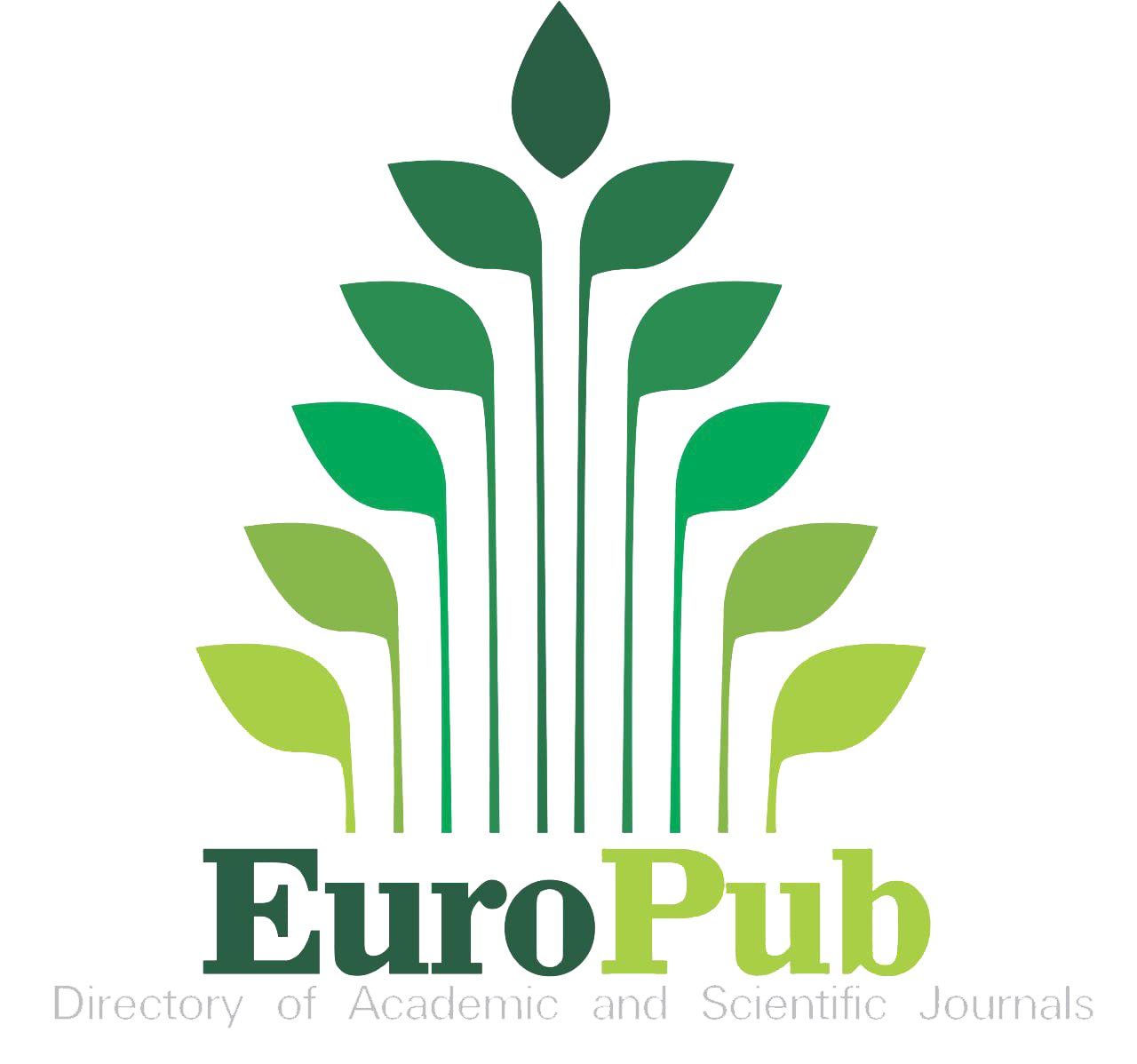Abstract
The use of spectroscopy in the analysis of carcinoid tumors depends on this method's capacity to reveal details about the biochemical composition and the structure of the tissue. Numerous clinical investigations have shown potential benefits of employing spectroscopic techniques. These techniques have a number of advantages, including minimal implementation costs, convenience of use, and the ability to be conducted using small, portable instruments without the need for specialized equipment or professional interpretation. This article discusses several research that used FTIR spectroscopy to extract spectral characteristics from various biological materials in order to diagnose diseases in a concise manner. It was discovered that the IR spectra of malignant and healthy tissues and cells were very different, depending on the kind of malignant tissue and how malignant it is, several changes can be seen, the intensities and absorption frequencies of the significant absorption bands have been modified. Differences in nucleic acid content and structure, lipid composition, and protein structure were noted. Depending on the type of malignancy, glycogen levels either rose or fell. Studies have also shown the possibility of using FTIR technology to analyze tissues, blood and other fluids to determine chemical differences between healthy tissues and cancerous tumors, and to detect indicators of prostate, cervical, colon, rectum, ovaries, breast, liver, bladder, thyroid, lung and skin cancer, and diagnose them with high accuracy early and determine the appropriate treatment for patients and improve treatment outcomes. In addition, this technique can be used in scientific research to understand how cancerous diseases develop and how to treat them.
Recommended Citation
Adhab, Hiba Ghmeedh; Kadhim, Shaymaa Awad; and Hussein, Mohammed Abduljaleel
(2024)
"Use Of The FTIR Technique As A Diagnostic And Monitoring Tool For Cancer Patients: A Review Of A Decade (2010–2022),"
Maaen Journal for Medical Sciences: Vol. 3
:
Iss.
1
, Article 6.
Available at: https://doi.org/10.55810/2789-9136.1039
References
[1] Ayres JS. The biology of physiological health. Cell 2020; 181(2):250e69.
[2] Saini A, Kumar M, Bhatt S, Saini V, Malik A. Cancer causes and treatments. Int J Pharmaceut Sci Res 2020;11(7):3121e34.
[3] Bielenberg DR, Zetter BR. The contribution of angiogenesis to the process of metastasis. Cancer J 2015;21(4):267e73.
[4] Siegel RL, Miller KD, Fuchs HE, Jemal A. Cancer statistics, 2021. Ca Cancer J Clin 2021;71(1):7e33.
[5] Sudlow C, et al. UK biobank: an open access resource for identifying the causes of a wide range of complex diseases of middle and old age. PLoS Med 2015;12(3):e1001779.
[6] Hesketh R. Introduction to cancer biology. Cambridge University Press; 2023.
[7] Cardoso F, et al. Early breast cancer: ESMO Clinical Practice Guidelines for diagnosis, treatment and follow-up. Ann Oncol 2019;30(8):1194e220.
[8] Talari ACS, Movasaghi Z, Rehman S, Rehman IU. Raman spectroscopy of biological tissues. Appl Spectrosc Rev 2015; 50(1):46e111.
[9] Bec KB, Grabska J, Huck CW. Biomolecular and bioanalytical applications of infrared spectroscopyeA review. Anal Chim Acta 2020;1133:150e77.
[10] Sherban-Kline M. Infrared Spectroscopy: a key to organic structure. 2019.
[11] Kraka E, Zou W, Tao Y. Decoding chemical information from vibrational spectroscopy data: Local vibrational mode theory. Wiley Interdiscip Rev Comput Mol Sci 2020;10(5):e1480.
[12] Hu H, et al. Far-field nanoscale infrared spectroscopy of vibrational fingerprints of molecules with graphene plasmons. Nat Commun 2016;7(1):12334.
[13] Chan C-K, Wu T-L. A high-performance common-mode noise absorption circuit based on phase modification technique. IEEE Trans Microw Theor Tech 2019;67(11):4394e403.
[14] Felgueiras H, Antunes J, Martins M, Barbosa M. Fundamentals of protein and cell interactions in biomaterials. In: Peptides and proteins as biomaterials for tissue regeneration and repair. Elsevier; 2018. p. 1e27.
[15] Campanella B, Palleschi V, Legnaioli S. Introduction to vibrational spectroscopies. ChemTexts 2021;7:1e21.
[16] Alpert NL, Keiser WE, Szymanski HA. IR: theory and practice of infrared spectroscopy. Springer Science & Business Media; 2012.
[17] El Achi H, Khoury JD. Artificial intelligence and digital microscopy applications in diagnostic hematopathology. Cancers 2020;12(4):797.
[18] Lu R-M, et al. Development of therapeutic antibodies for the treatment of diseases. J Biomed Sci 2020;27(1):1e30.
[19] Wang R, Wang Y. Fourier transform infrared spectroscopy in oral cancer diagnosis. Int J Mol Sci 2021;22(3):1206.
[20] Su K-Y, Lee W-L. Fourier transform infrared spectroscopy as a cancer screening and diagnostic tool: a review and prospects. Cancers 2020;12(1):115.
[21] Joseph F. The lost civilization of Lemuria: the rise and fall of the world's oldest culture. Simon & Schuster; 2006.
[22] Liu N, Shen J, Xu M, Gan D, Qi E-S, Gao B. Improved costsensitive support vector machine classifier for breast cancer diagnosis. Math Probl Eng 2018;2018:1e13.
[23] Wang G, et al. Identification of human and non-human bloodstains on rough carriers based on ATR-FTIR and chemometrics. Microchem J 2022;180:107620.
[24] Zhang CC, Gao X, Yilmaz B. Development of FTIR spectroscopy methodology for characterization of boron species in FCC catalysts. Catalysts 2020;10(11):1327.
[25] Erxleben A. Application of vibrational spectroscopy to study solid-state transformations of pharmaceuticals. Curr Pharmaceut Des 2016;22(32):4883e911.
[26] Hackshaw KV, Miller JS, Aykas DP, Rodriguez-Saona L. Vibrational spectroscopy for identification of metabolites in biologic samples. Molecules 2020;25(20):4725.
[27] Baker MJ, et al. An investigation of the RWPE prostate derived family of cell lines using FTIR spectroscopy. Analyst 2010;135(5):887e94.
[28] Derenne A, Gasper R, Goormaghtigh E. The FTIR spectrum of prostate cancer cells allows the classification of anticancer drugs according to their mode of action. Analyst 2011;136(6): 1134e41.
[29] Ostrowska KM, et al. Correlation of p16 INK4A expression and HPV copy number with cellular FTIR spectroscopic signatures of cervical cancer cells. Analyst 2011;136(7): 1365e73.
[30] Jusman Y, Isa NAM, Adnan R, Othman NH. Intelligent classification of cervical pre-cancerous cells based on the FTIR spectra. Ain Shams Eng J 2012;3(1):61e70.
[31] Zendehdel R, Masoudi-Nejad A, Shirazi FH. Patterns prediction of chemotherapy sensitivity in cancer cell lines using FTIR spectrum, neural network and principal components analysis. Iran J Pharm Res (IJPR): IJPR 2012;11(2):401.
[32] Simonova D, Karamancheva I. Application of Fourier transform infrared spectroscopy for tumor diagnosis. Biotechnol Biotechnol Equip 2013;27(6):4200e7.
[33] Thumanu K, et al. Diagnosis of liver cancer from blood sera using FTIR microspectroscopy: a preliminary study. J Biophot 2014;7(3-4):222e31.
[34] Lima KM, Gajjar KB, Martin-Hirsch PL, Martin FL. Segregation of ovarian cancer stage exploiting spectral biomarkers derived from blood plasma or serum analysis: ATR-FTIR spectroscopy coupled with variable selection methods. Biotechnol Prog 2015;31(3):832e9.
[35] Gok S, Aydin OZ, Sural YS, Zorlu F, Bayol U, Severcan F. Bladder cancer diagnosis from bladder wash by Fourier transform infrared spectroscopy as a novel test for tumor recurrence. J Biophot 2016;9(9):967e75.
[36] Rai V, et al. Serum-based diagnostic prediction of oral submucous fibrosis using FTIR spectrometry. Spectrochim Acta Mol Biomol Spectrosc 2018;189:322e9.
[37] Grzelak M, et al. Diagnosis of ovarian tumour tissues by SRFTIR spectroscopy: a pilot study. Spectrochim Acta Mol Biomol Spectrosc 2018;203:48e55.
[38] Depciuch J, et al. Spectroscopic identification of benign (follicular adenoma) and cancerous lesions (follicular thyroid carcinoma) in thyroid tissues. J Pharmaceut Biomed Anal 2019;170:321e6.
[39] Lazaro-Pacheco D, Shaaban A, Baldwin G, Titiloye NA, Rehman S, Rehman Iu. Deciphering the structural and chemical composition of breast cancer using FTIR spectroscopy. Appl Spectrosc Rev 2022;57(3):234e48. [40] Xiong H, et al. Recent progress in detection and profiling of cancer cell-derived exosomes. Small 2021;17(35):2007971.
[41] Shakya BR, Teppo H-R, Rieppo L. Optimization of measurement mode and sample processing for FTIR microspectroscopy in skin cancer research. Analyst 2022;147(5): 851e61.
















Indexed in: